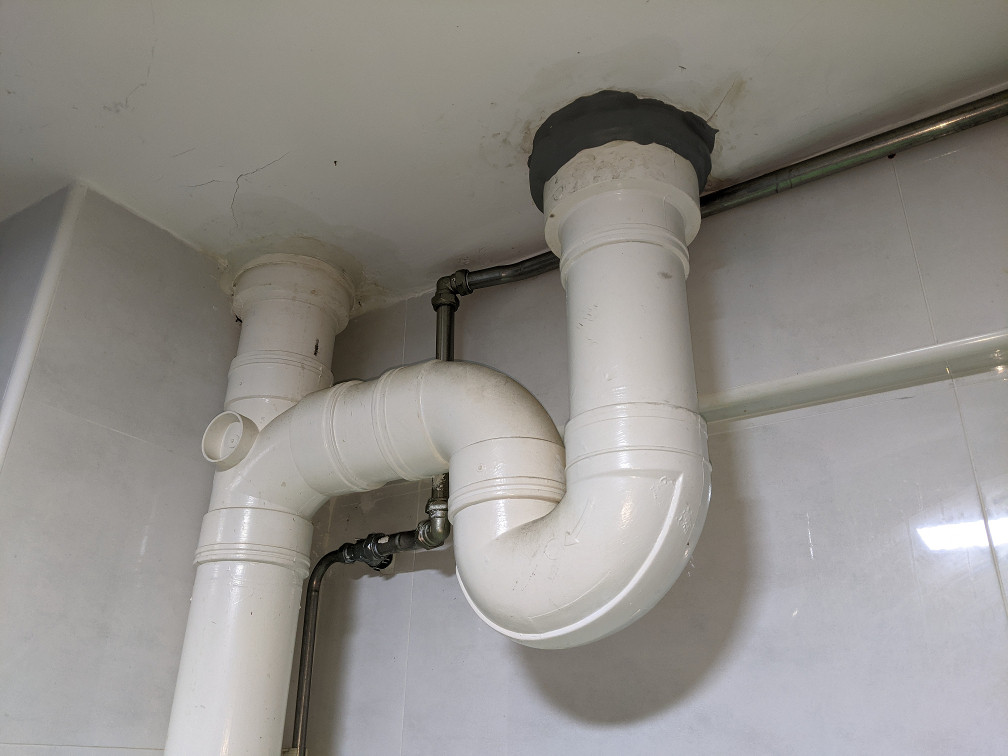Have you ever heard about a plumbing systems trap and wondered what it is? Read on to learn more because this is what this article focuses on.
A plumbing trap is a curved part of a drainpipe made from PVC plastic or metal located underneath the drain in your building. You will find it when you open cabinets under a bathroom sink or kitchen sink. Plumbing fittings traps are also situated under other drains like the bathtub or shower.

Importance of a Plumbing Trap
The main role of a plumbing trap is to prevent sewer gases from entering your house. The sewer gas contains toxic and dangerous gases such as methane, hydrogen sulfide, etc. The fixture trap helps create a barrier on the drain that prevents sewer system gases from getting back into the drain and your house.
A trap keeps a small amount of water in the U-bend to prevent odor. So, if you detect an odor in your house, the first part to check should be the bend, ensuring it isn’t dry.
Types of Plumbing Traps
Here are some types of Plumbing trap types you find on your building.
Gully trap
A gully plumbing trap is a profound seal trap built outside your building to drain wastewater from restrooms, sinks, washbasins, and other areas. The drain trap is located near sewers or building drain to ensure the foul sewer gas doesn’t get into your house.
Gully trap also helps keep various bugs and cockroaches away from the sewer or septic lines carrying the wastewater. This ensures that these bugs don’t damage or block the pipes in your drain system.
P-Trap
A P-trap plumbing trap is made using a UPV sheet or cast iron. P-traps features a water seal that keeps foul air away from your house.
Q-Trap
Q-traps are mostly used in latrine-submerged storage rooms. They are used together with Solfit and Pushfit Pipes. Q trap ensures that odors from your washroom don’t get into your living area. The drain trap can be connected to your WC and shower area.
S-Trap
Like the P-traps, the S-trap is used to fix water closets in latrines. However, they differ because P-trap is used for an outlet through your wall, while the S-trap is used through your ground floor drains.
Requirements of a Plumbing Trap
Below are some of the requirements for plumbing traps on your property.
- A plumbing trap should work without mechanical assistance and allow free water flow.
- Whether the sewer is flowing or not, a plumbing trap should prevent odor in either direction.
- A plumbing trap should be self-cleansing.
- A trap should feature a water seal bigger than 50 mm deep.
- It should be strong and offer proof against liquid or gas leakage.
- A plumbing trap shouldn’t have an internal projection to catch and hold debris. It should feature a smooth inner surface.
- The cover should be water and gas tight.
- Where there is a need, the plumbing trap should be back-vented.
- A plumbing trap shouldn’t have tubes, concealed partitions, or other parts since the defects in their construction can allow sewer gases to enter your house.
Common Plumbing Trap Problems
-
- Dry plumbing trap– This problem occurs when the interceptor or the trap loses its water seal letting sewer gases accumulate through the drain and into your house.
- Leaky plumbing trap– A leaky trap can start as a minor issue and become bigger if the problem is not fixed. The leak can lead to a clogged pipe drain and odor in your home.
- Smelly traps– The problem occurs when the sewer gas accumulates in your space through the waste drain. The gases, including carbon monoxide, methane, hydrogen sulfide, and nitrogen, are highly poisonous if not fixed quickly.
- Clogged trap– A slow-running drain causes the issue. It can cause odor, gas, or liquid leaks in your house. Like other plumbing fixtures in your plumbing system, a trap is prone to problems. The issues occur if the trap isn’t installed correctly or due to other causes. Here are some of the problems.
Plumbing Trap Maintenance
You should ensure that you use all your drain lines once every week to keep water in all the plumbing traps. This includes bathroom sinks, showers, kitchen sinks, tubs, washing machine drains, laundry sinks, and toilets. It’s advisable not to allow your sink trap to dry out because this can lead to unwanted odor in your space. You can also hire a plumber to help in the process.
